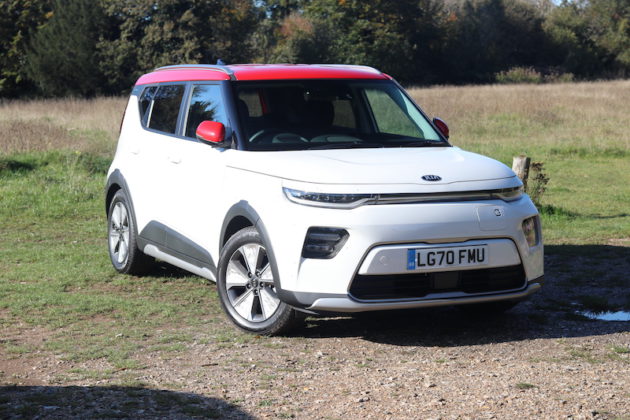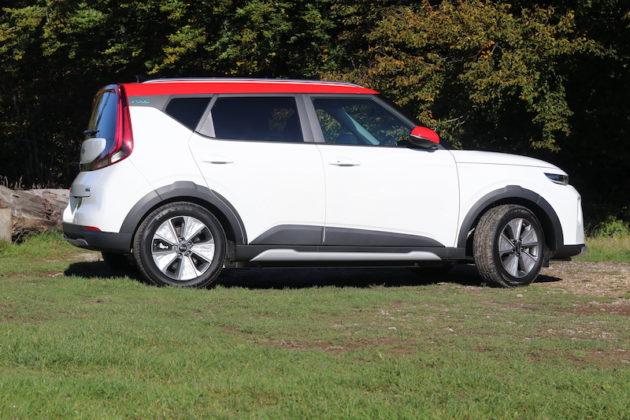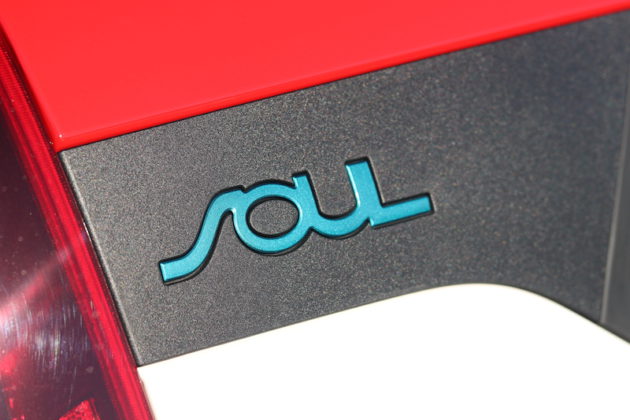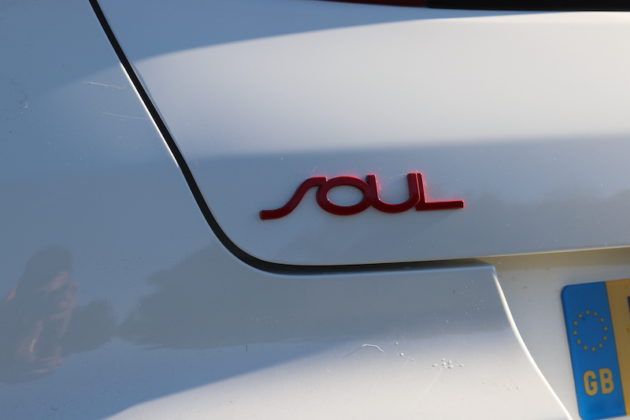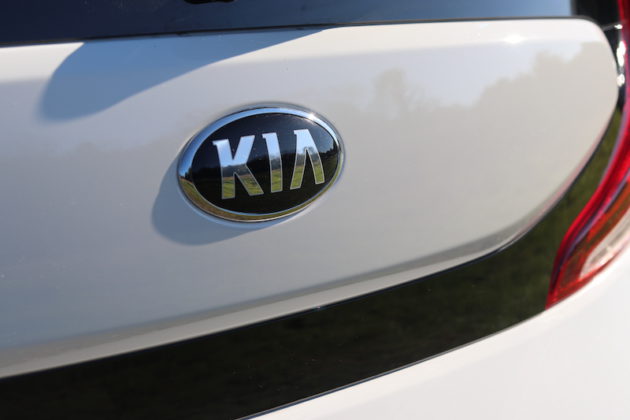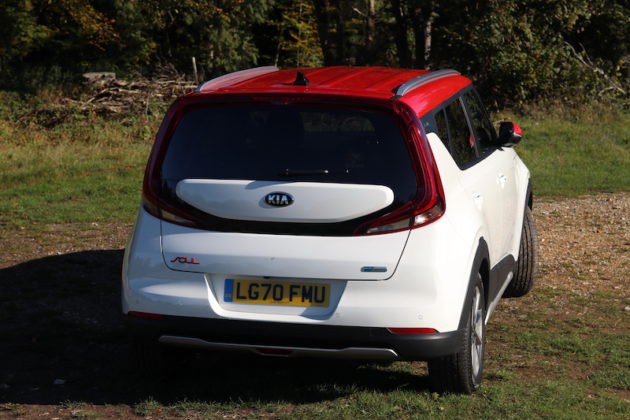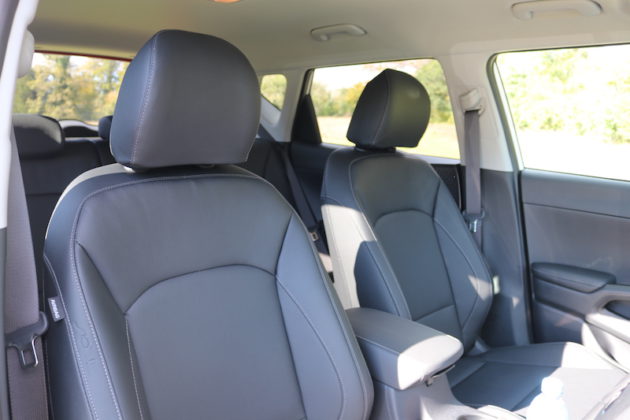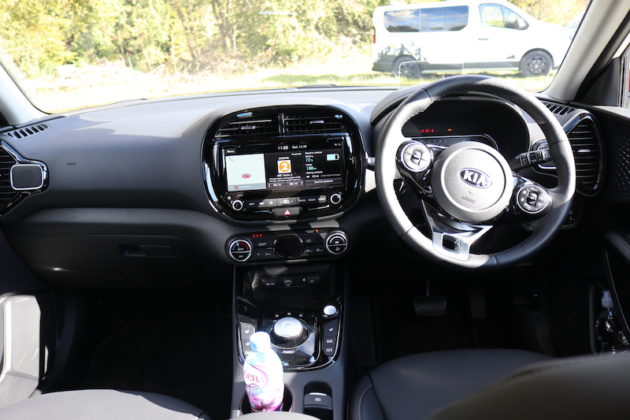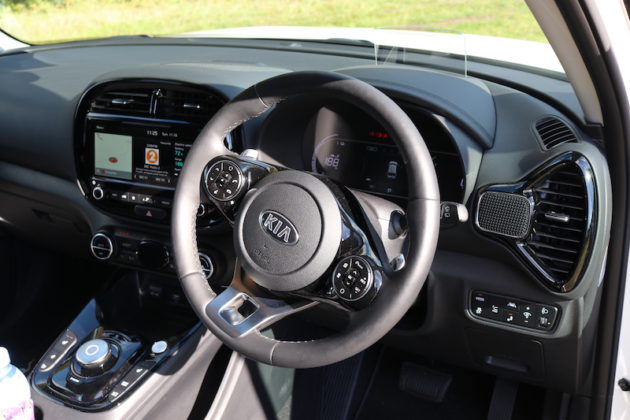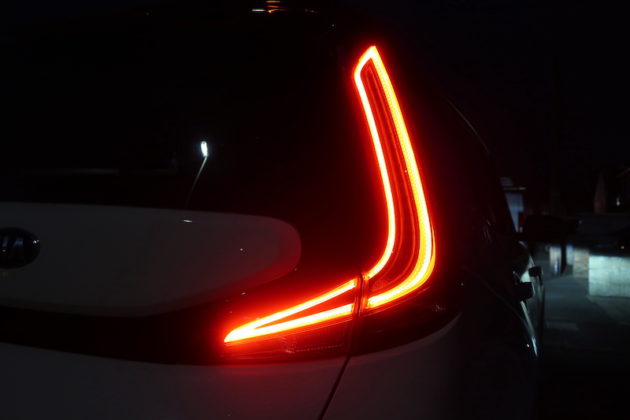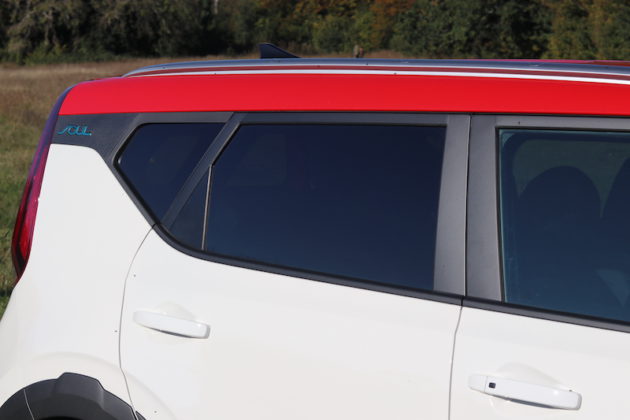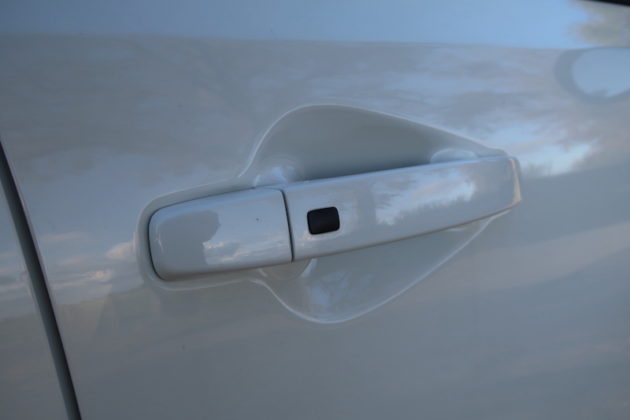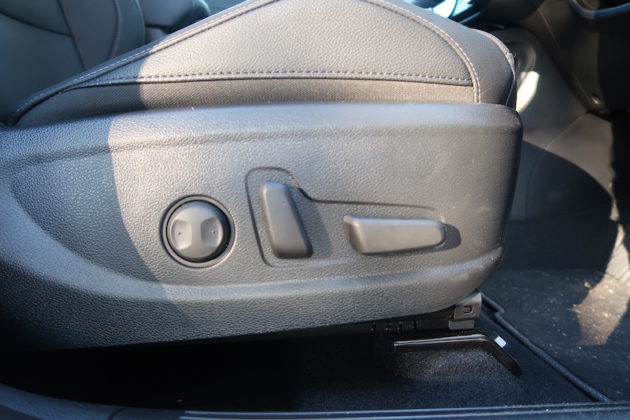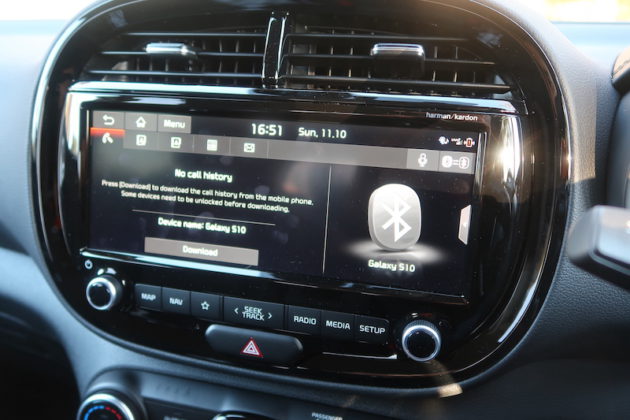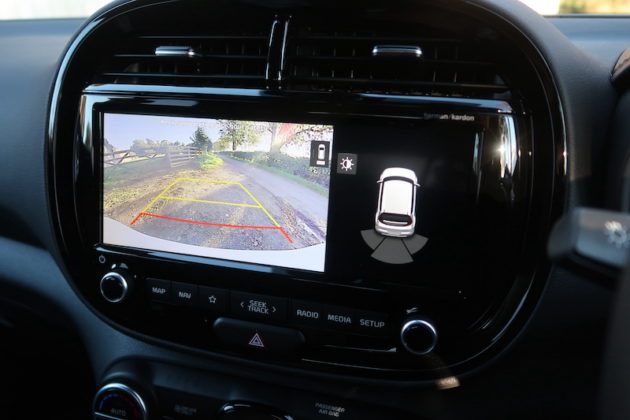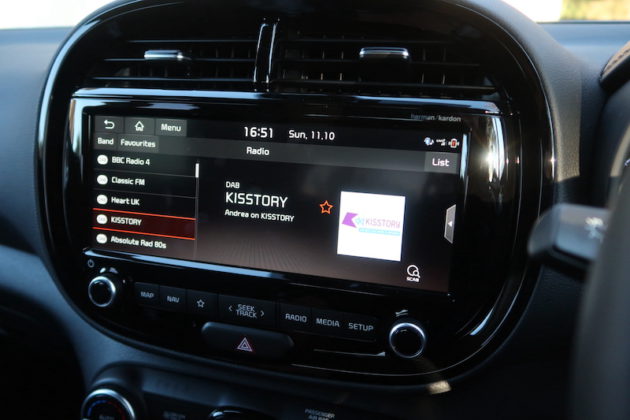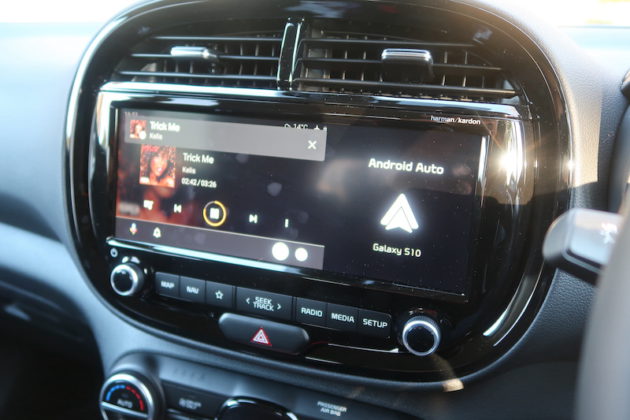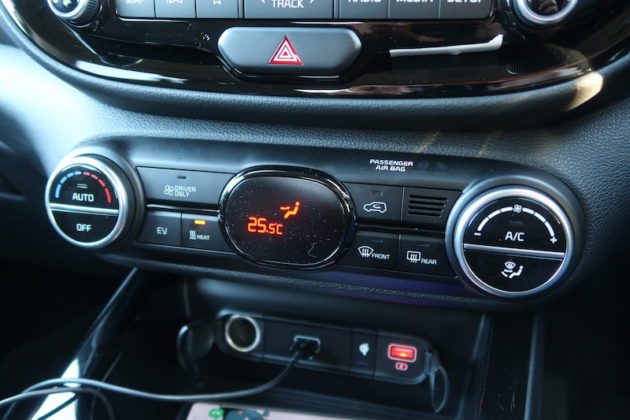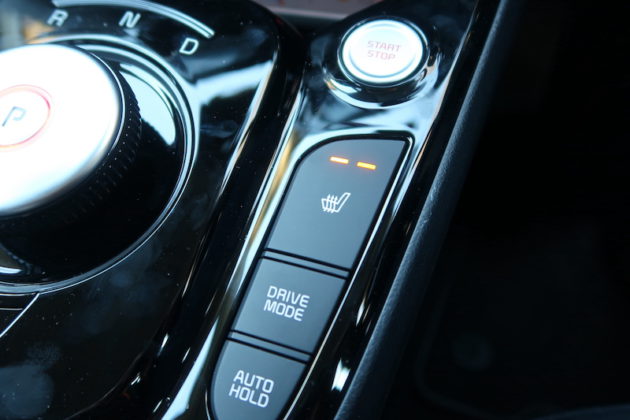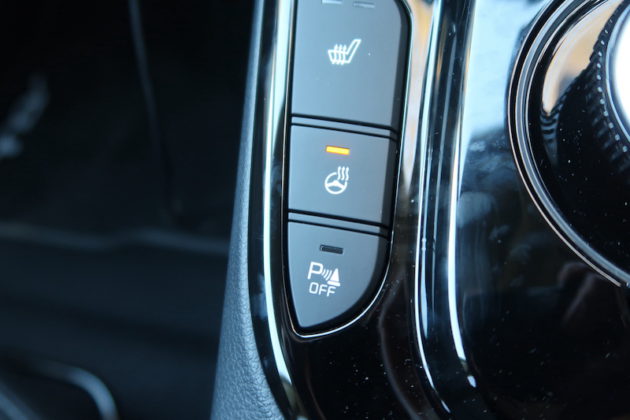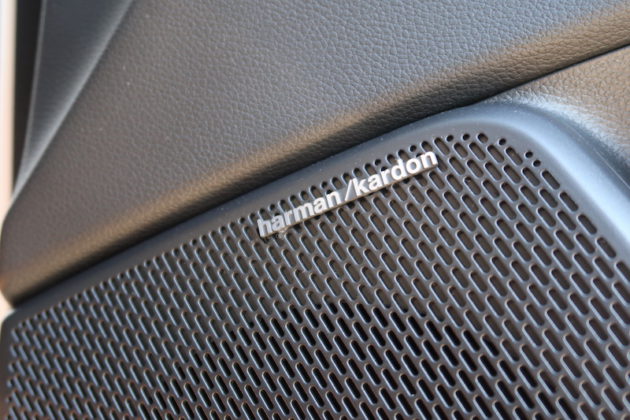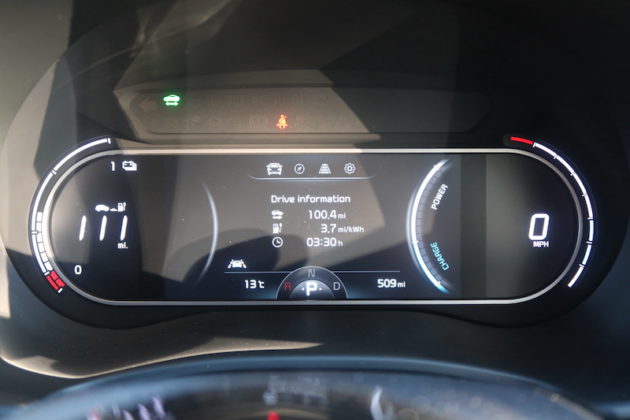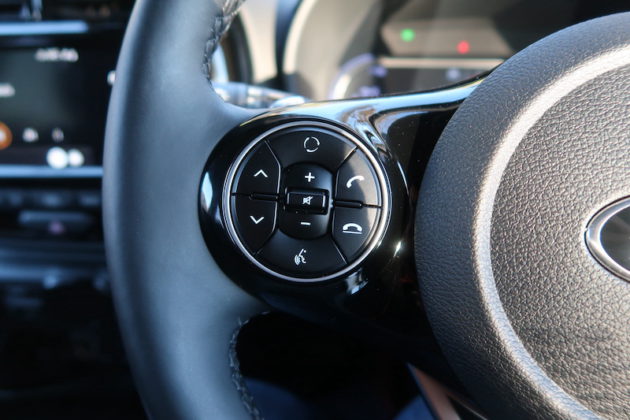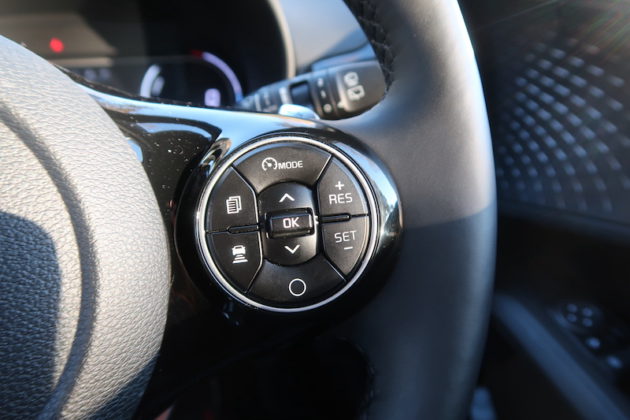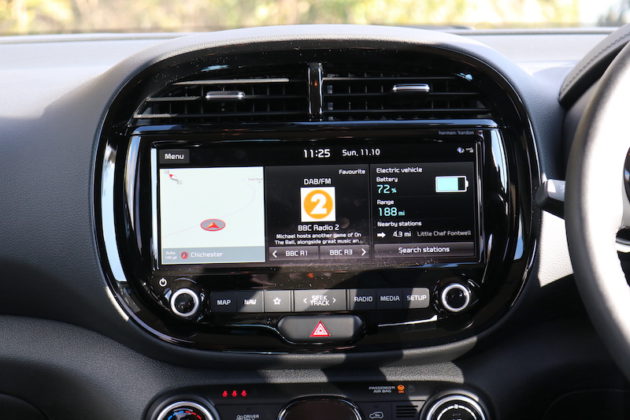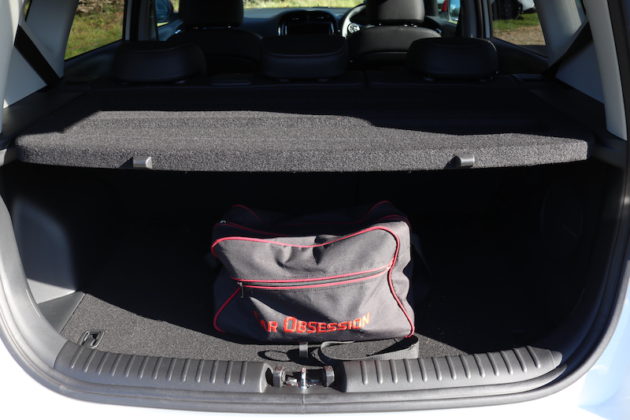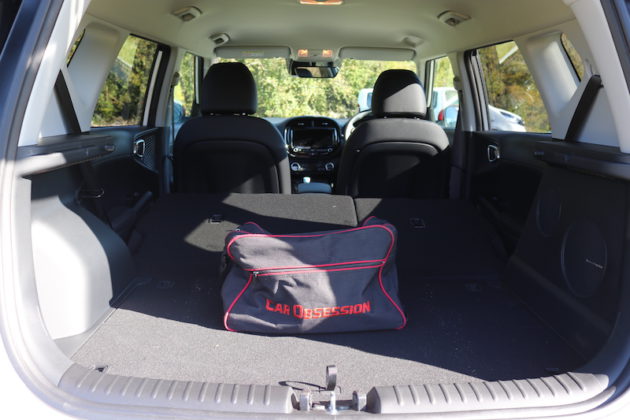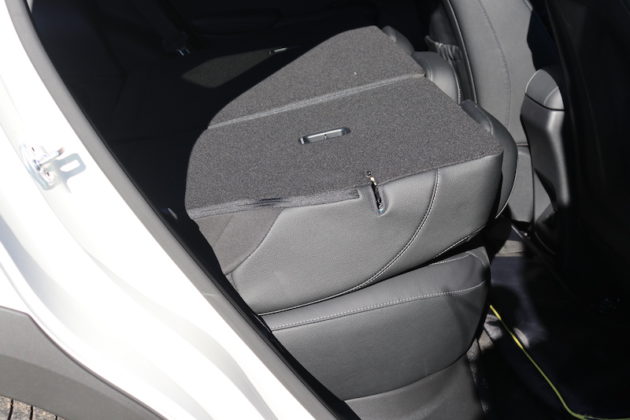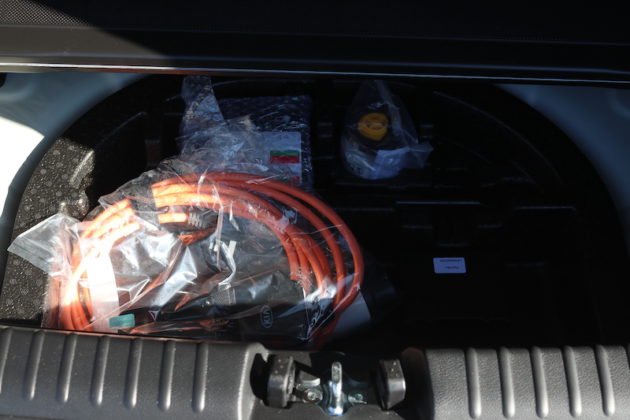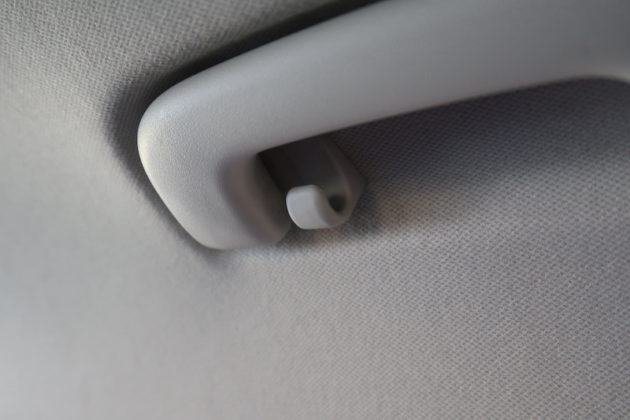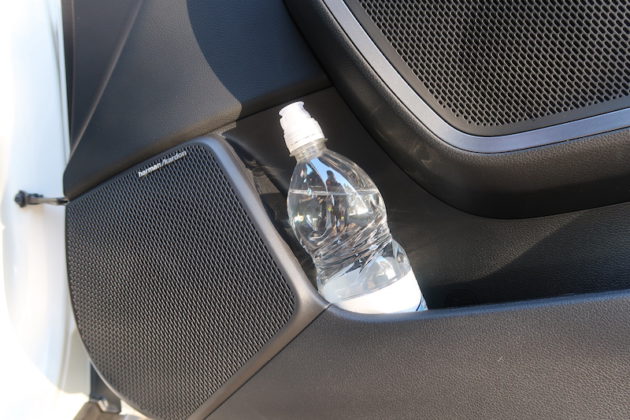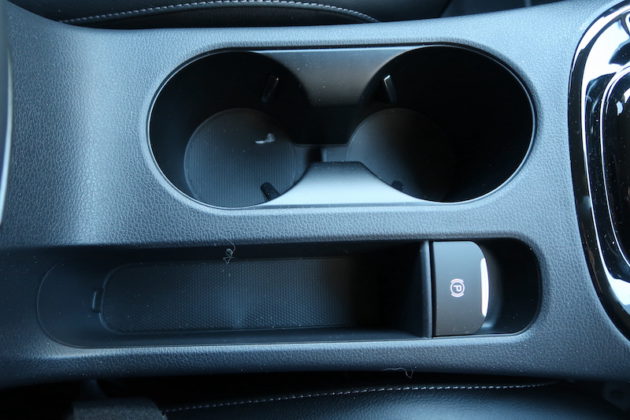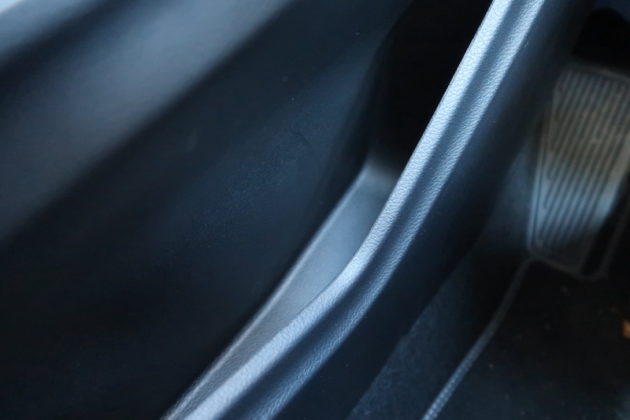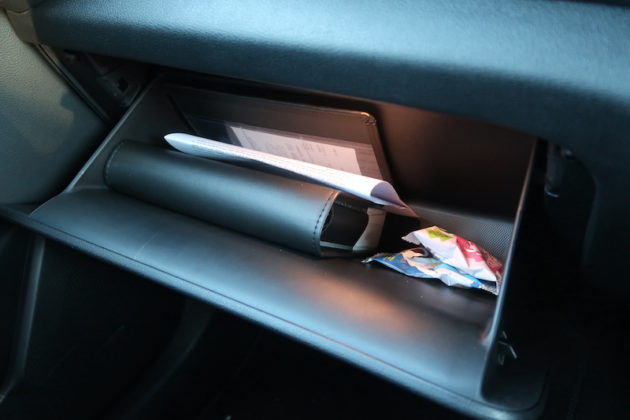Quite some ago, I tested the new Kia E-Niro, and I saw it was good, but what if you want something similar, only a little quirkier? Say hello to the latest Kia Soul EV, a boxy compact SUV with looks that may divide opinion. At the front, there are sharp aggressive LED headlights that look like they’ve come from Iron Man’s helmet, and at the side you have bespoke 17” alloys. There’s also a shape that looks almost perfect for a postman called Pat – sorry Pat, it can’t be bought in red – and at the rear there’s the all-important EV badge.
Thinking INSIDE the box
Design is subjective of course, but I’d say the Soul EV is more interesting to look at compared to its sibling, the E-Niro. Looks aside, the Soul was an automotive trend-setter, although many of you may not know it. That’s because it was the first production car to be offered the choice of either petrol, diesel and fully electric. However, the latest model is EV only for the European market. That’s because, believe or not, in 2018 the EV version of the Soul outsold the petrol and diesel versions combined in on this continent, so it seems little surprise it’s now electric, or nothing.
The Soul EV may have a rather different look compared to the E-Niro, but it shares the same heart, a 204hp electric motor and a 64kWh battery. As well as 204hp, it offers up a generous 395Nm of torque, meaning 60mph is done in a respectable 7.6 seconds, and the top speed is 104mph. The range is also respectable, as the Soul EV will keep you going for 280 miles. For those of you wondering why it’s two miles less than the E-Niro, that’s because the Soul offers less in the way of aerodynamics.
What about charging times? If you use a 100kW charger you can get the battery from 0-80% in 54 minutes, and it take 1 hour 15 minutes to get the same result when using 50kW charger. If you happen to have a 7kW charger at home then it will take around 9 and a half hours to get from 0-100%. Lastly, if you can only make use of a traditional 3-pin socket it will take a Goliath 31 hours to get the battery full from empty.

How does it drive?
I was impressed when I drove the Kia E-Niro in 2019, and as you would expect, the Soul EV doesn’t feel much different. The only thing I’d say from the get-go is that the driving position feels a little higher and of course there’s more roll in the corners thanks to a taller body. Beyond that, I wouldn’t say there is a great deal to separate the two cars.
One of the charms of the Kia Soul EV is just how easy it is to drive. Access is easy, thanks to keyless entry that comes as standard – you hit the start button, twist the dial to the right for ‘D’, and away you go. There are four driving modes on offer; Eco+, Eco, Normal and Sport. There are also three settings for the regenerative braking; which can be adjusted using these paddles on the steering wheel, the left one increases the strength, whilst the right one decreases it of course.

In its strongest setting you call almost drive the Soul EV using one pedal, much like the latest Nissan Leaf, which poses as one of this car’s biggest rivals. Speaking of strong, that’s a fitting word for the way how that electric motor performs. Even in Normal mode the Soul is no slouch, but in Sport mode it goes like the Energizer bunny on steroids. As well as offering a higher level of performance, the Sport mode also gives a bit more weight to the steering.
The handling isn’t too shabby, but as I mentioned earlier, the Soul has more body roll due to its taller, boxier shape. The brakes are strong, and thankfully the brake pedal has got a progressive feedback, the grip is decent, and the steering works well enough, albeit with an artificial feeling to it.
Now, when you’re not exploiting the full potential of the motor, you’ll find the Soul EV a comfortable, and laidback companion. Ok, the ride can be a little busy at slower speeds, but the damping is impressive, the ride is supple, and the seats are spongy. The driver’s seat is 8-way electronically adjustable as well, so getting a driving set up that’s right for you should be easy. Better still, the steering wheel adjusts for rake and reach, unlike the Nissan Leaf.
What’s included?
The Soul EV line up is as simple as driving the car itself as in the UK there is just one trim level available – the ‘First Edition’. It will cost you £34,295 after the government’s contribution, and the list of equipment is quite extensive as you will see below.
Standard features include, LED lights, 17” alloys, keyless entry, privacy glass, two tone paint, faux leather seats, heated front seats, heated steering wheel, 7” digital display, 10.25” touchscreen, DAB radio, Bluetooth, smartphone connectivity, navigation, rear parking sensors, reversing camera, wireless phone charging, head up display, and 10 speaker Harmon/Kardon sound system.
On top of that, there’s a good amount of safety features including 6 airbags, high beam assist, autonomous emergency braking, lane keep assist, adaptive cruise control, and blind spot monitoring. For those of you wondering, this car is £1,850 cheaper compared to the range-topping E-Niro, £2,100 cheaper than the range-topping Nissan Leaf, and a whopping £4,205 cheaper than the range-topping Hyundai Kona Electric.
Small boot, but impressive rear space
It’s so far, so far good for the Soul EV, but it’s not all perfect. The boot compared to the E-Niro is rather small, and it’s also smaller than the Kona Electric and the Leaf. Open the tailgate and you’ll find 315 litres, which isn’t that much bigger than a Ford Fiesta. As a plus point, the boot floor is adjustable, and although it’s not the largest area I would still argue it’s usable. If you do need more space, you can of course fold down the 60/40 rear seats to offer 1,339 litres.
The boot may not be gargantuan, but even for a taller person like me, rear space is impressive. Despite my lanky frame (I’m 6’2″) there’s ample knee room, and legroom, and thanks for the Soul’s boxy nature plenty of headroom.
It may be a bit tight to fit three adults in the rear, but it will be fine for two adults, and if you’ve more concerned about child seats, there are of course ISOFIX points. In regard to practicality, there’s a decent sized doorbin either side, map pockets, and a USB socket in the middle, so those in the rear can charge their smart devices on the move. Unlike the E-Niro, there’s no centre arm rest sadly.
The front is also a spacious place to be, and as I mentioned earlier, getting a comfortable, ergonomic driving set up is as easy as ABC. As well as lots of adjustability for the driver’s seat, there’s a decent amount of practicality. The doorbins are able to swallow up a bottle, with a bit of space left over, there’s two cupholders in the middle, an additional storage slot, which is handy for the car key and a wireless phone charging slot.
There’s also a generous amount of space under the centre armrest, and there’s a place to stow away your sunglasses. That leaves a glovebox, which isn’t massive, but should offer enough space for a few smaller items.
Easy to live with?
Earlier I spoke about comfort, but what about refinement? On the whole, it’s pretty good. Of course, there’s no engine noise to contend with, just some whirring from the motors that is audible, but not intrusive. In fact, it’s weirdly soothing. The downside of such a quiet powertrain is that it isn’t able to drown out the tyre or wind noise as much. Having that, I wouldn’t say the Soul EV’s cabin is a noisy place once you get up to speed.

Visibility is also an area where the Soul EV does well as seeing out the front is no issue whatsoever, and although the C pillars are thick, there is blind spot monitoring to give you a helping hand. The rear window is a bit small, but once more the Soul EV is able to give a helping hand in the form of a reversing camera.
Final thoughts
All-in-all, the Kia Soul EV offers up an impressive EV package, although for some the looks may be too difficult to get past, perhaps making the E-Niro the more popular option. The E-Niro also has the bigger boot but the Soul EV is cheaper. Picking a winner between the two cars may be difficult, but there is one winner – Kia, as both cars are strong choices on the EV market.

Car Obsession Rating:  (4.5 / 5)
(4.5 / 5)
Pros:
- Decent range
- Lots of kit
- Simple trim level
- Easy to drive
Cons:
- Divise styling
- Not as practical as e-Niro
- Fidgety ride

